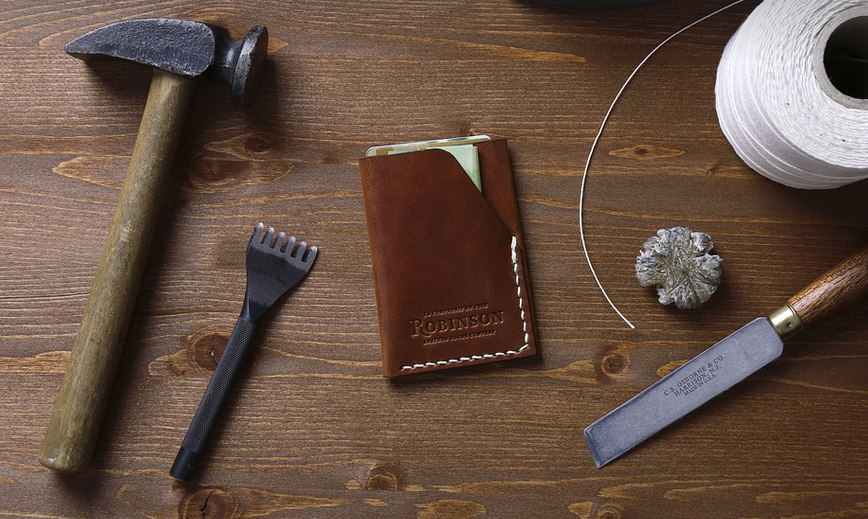
Dixie Chopper Belt Size Chart: Your Guide To Smooth Operation
A Closer Look at Dixie Chopper Belts
Let’s face it: nothing puts a damper on your mowing experience quite like a slipping or binding belt. But fear not, fellow lawn enthusiasts! The key to smooth operation lies in understanding the art of Dixie Chopper belts and their size matters.
Understanding Your Dixie Chopper Belt
Dixie Chopper mowers are known for their power and precision, but ensuring they function at peak efficiency starts with the right belt. When it comes to these powerful machines, knowing your belt’s specifications is crucial for a seamless mowing experience.
A Dixie Chopper belt is basically the heart of the mower’s engine and drive system. It allows power from the engine to be transferred to the wheels, and if it fails or slips, things can get messy (literally!). This is where a comprehensive understanding of your belt size comes in.
Why Does Belt Size Matter?
It’s more than just about keeping the blades spinning smoothly; choosing the correct belt size ensures optimal performance and longevity. Smaller belts won’t handle the load effectively, while larger ones can become loose and cause inefficiency. The result is a less powerful machine with potential for damage.
The Importance of Proper Tension
Another crucial aspect of belt operation is proper tension. Imagine a stretched rubber band: it won’t hold as much weight or provide the same level of control, right? Similarly, a loose belt will cause slippage and uneven power transfer. It can even damage your mower blades!
The Dixie Chopper Belt Size Chart: A Comprehensive Guide
Let’s dive into the heart of the matter: finding the right Dixie Chopper belt size. Dixie Chopper belts often come in different sizes and configurations, depending on factors like engine horsepower and deck size. To navigate this maze, a dedicated belt size chart is your friend!
Accessing Your Belt Size Chart
You can usually find your Dixie Chopper’s belt size chart in the following places:
- **Owner’s Manual:** This should be your first stop. Most manuals contain a detailed section on belts, including their sizes and proper installation.
- **Dixie Chopper Website:** Their website is likely to have resources like manuals or even interactive guides that walk you through belt selection and sizing.
- **Online Retailers:** Many online retailers that sell Dixie Chopper parts will provide size charts as well. These are excellent for easy reference and quick comparison.
Decoding the Chart
Once you have your hands on a belt size chart, let’s start decoding what it means:
- **Belt Model:** Often listed in alphabetical or numerical order to make identification quick and easy.
- **Horsepower Range:** Indicates the engine power range that this belt is designed for.
- **Deck Size:** The chart will specify the deck sizes suitable for different belt models.
Tips & Tricks
Here are some additional tips and tricks to keep in mind when selecting your Dixie Chopper belts:
- **Measure Carefully:** Before buying a new belt, measure it against the old one. This will provide accurate sizing for a perfect fit.
- **Check for Wear and Tear:** If you’re replacing your belt, inspect its condition before purchase. Look out for signs of wear such as cracks or fraying that might affect performance and lifespan
- **Proper Storage:** When not in use, store your belts in a cool, dry place to prevent deterioration from dust or moisture.
- **Seek Professional Advice:** If you’re unsure about choosing the right belt for your specific model or have any doubts regarding installation, consulting a professional technician is always advisable.
Maintenance Matters: Keeping Your Belts in Top Shape
Remember that regular maintenance can help extend the life of your belts and ensure optimal performance. Keep an eye out for signs of wear and tear, replace worn belts promptly, and follow the recommended maintenance schedule to keep your Dixie Chopper running like new!